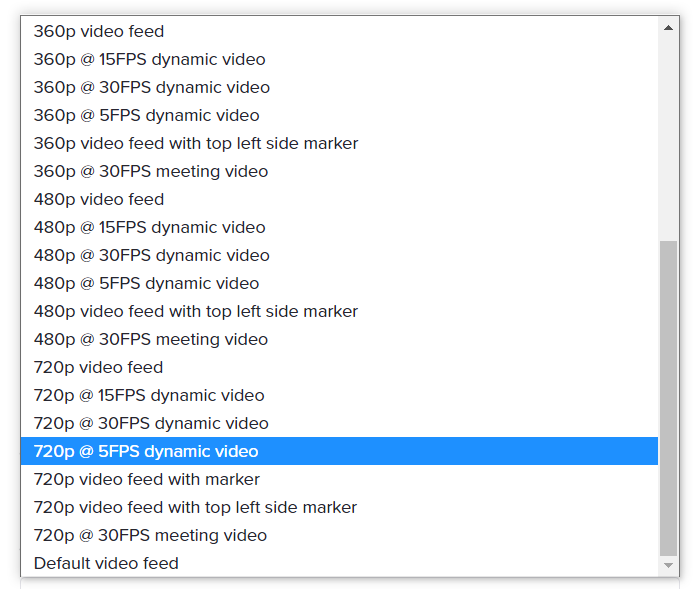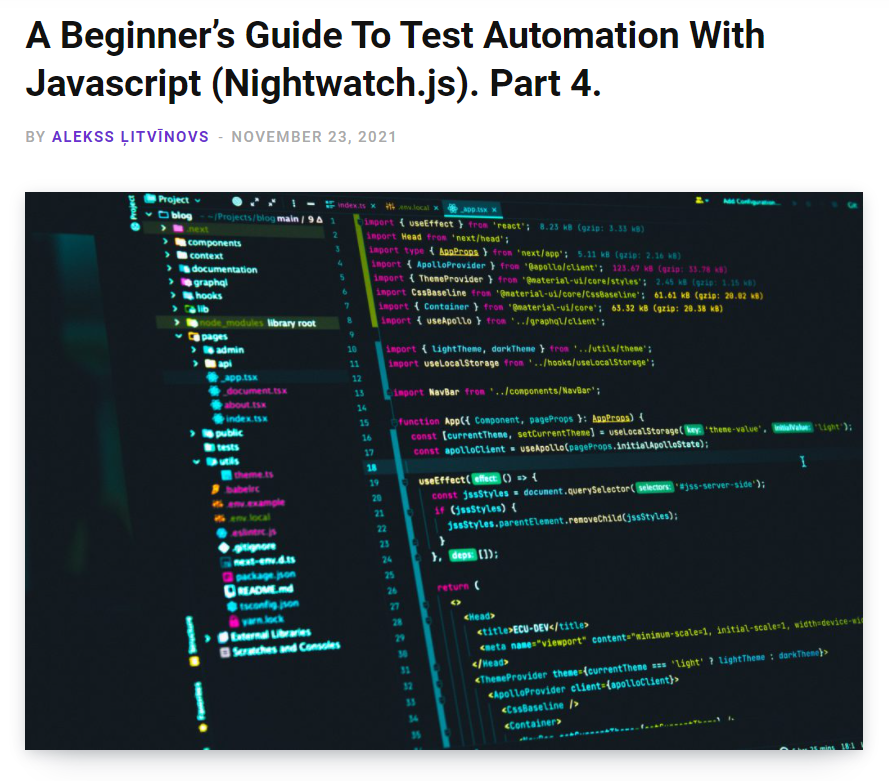The busy month of November full of fun times and hard work has finished and it’s time to share the updates we made to Loadero during the month. We added new media files for participant’s webcam simulation, made various performance improvements, added browsers and published the last post in our popular series about using Javascript for test automation.
Here’s a list of the main updates in Loadero this month:
New video files
When you are testing a WebRTC application that uses webcam and microphone, Loadero’s ability to use built-in fake media to simulate the inputs comes very handy. But there are a lot of different applications and possible conditions, so we work to provide a tool that can simulate different cases. Recently we added new video files with reduced frame rate. If you want to use it in your tests, pick custom media for a test participant and you will be able to choose video with a lower FPS for the participant.
We also plan to remove the video files with a top left side marker, so if you are using one or some of those, make sure to switch to another media option.

Improved availability of test results
For tests of any scale regardless of the application being tested, the most important aspect is the test run results. But it’s not just about the metrics, in Loadero we try to provide maximum data possible in the results reports. As the next step in that direction we made the results available even if some participants didn’t launch in case a test was aborted. There can be different reasons for a participant not launching, but in some cases, there are metrics that Loadero gathered for other participants, and now we provide test results in such failed cases.

Performance improvements
We continue improving Loadero’s performance and one important thing we focus on is making the results views load faster. Another improvement in this field was made in November, and although we are processing more data than ever, we also do this faster than ever before. Among other improvements, we also optimized the way we run AWS instances to make the most out of AWS offering.
A Beginner’s Guide To Test Automation With Javascript (Nightwatch.js). Part 4.
As you might know, some time ago we started a series of blog posts about creating automated tests with Javascript. Previously three parts were published:
- Introduction to Nightwatch.js
- The most useful Nightwatch.js commands
- Callback functions and command queue in Nightwatch.js
In November part 4: How to make your script better in Nightwatch.js, the last one, got published. In the newest post an engineer from Loadero touched the topics of making code style more consistent, using element selector and code organization. If you are using Javascript to write test scripts, you might find valuable advice in the new post or the previously published parts, so make sure to take a look.

Packet loss assert update
We found a bug in the calculation of the packet loss, which produced a higher percentage lost than actually was lost. The bug is fixed now and we updated all existing assert expected values. Additionally, we have changed the scale of expected value format from 0-1 to 0-100 for the assert. We always do our best to fix found bugs as soon as possible, so if you think that you found one, please make sure to drop us a link in the support chat or send us an email.

New browser versions added
As always, once new versions of Mozilla Firefox and Google Chrome are released we add them to Loadero, so you can configure them for test participants. Currently, the latest available versions are Mozilla Firefox 94 and Google Chrome 96.
These are all the changes we made to Loadero last month. There are more useful features being developed for Loadero and soon we’ll add them to let you make your tests even better and more insightful.





